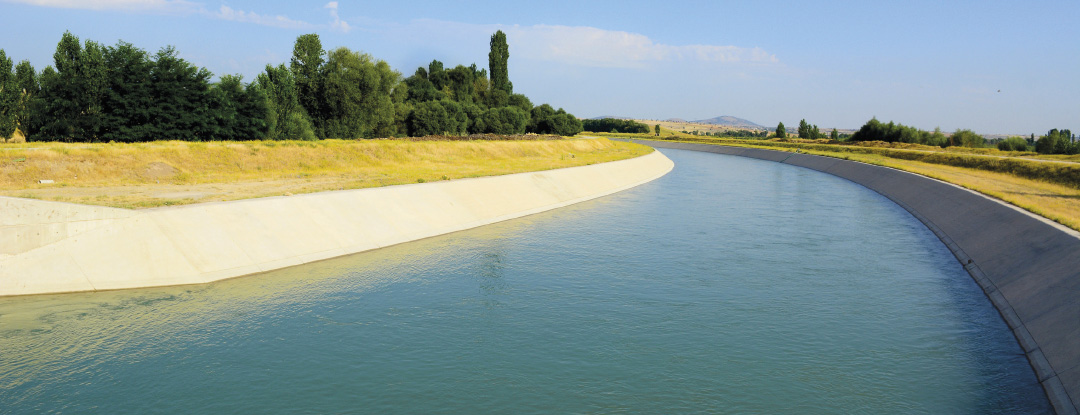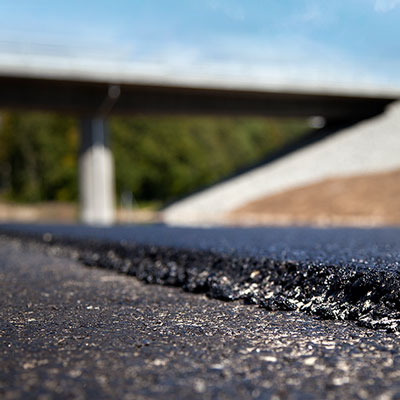Applications for compaction and paving techniques
Compaction is defined as the process of increasing the density and load-bearing properties of a material through the application of either static or dynamic external forces.
It is required in many areas of the construction industry. The following pages describe in brief the most common applications – roads, streets, motorways, airfields, earth dams, railway embankments and foundations for buildings. Other applications include parking areas, storage yards, sports areas, industrial and residential areas, harbour constructions, reservoirs and channel linings.
In the construction field, the bearing capacity and stability of rock fill, soil, asphalt and concrete, and their impermeability and ability to withstand loads, are all correlated to the adequacy of the compaction of the material. To illustrate the importance of compaction, a 1% increase in density normally corresponds to at least a 10-15% increase in bearing capacity.
Although compaction may only account for some 1-4% of the total construction costs, its role in the quality and life span of a finished project is immeasurable. If compaction is inadequate or incorrectly performed, settlement and other failures are likely to occur and result in high rehabilitation and, or maintenance costs.
Soil and asphalt
structures
The design of a soil structure has to take into account a number of factors such as loading, environmental conditions, the materials that are available, and the climatic conditions.
The loads can vary depending on the type of structure, but the main aim is to distribute them down through the structure. The most common types of loads are traffic, buildings and water pressure.
In a road, for example, the load is distributed through the different layers. The greatest load distribution is to be found in the upper layer and this diminishes the deeper you get into the road. The various layers have to bear the weight of the layer above as well as the traffic load.
A structure has an effect on, and is also affected by its environment, and this must be taken into consideration during the construction phase. Nowadays contractors try to recycle on-site material to reduce the pressure on quarries and the need to exploit virgin sites. As far as possible, they will choose local material as fill material and to produce the asphalt. Bringing in material from outside not only has repercussions on costs, but also impacts on the environment. Sometimes, however, the transportation of materials is unavoidable when, for example, the asphalt mix needs to have special properties.

















